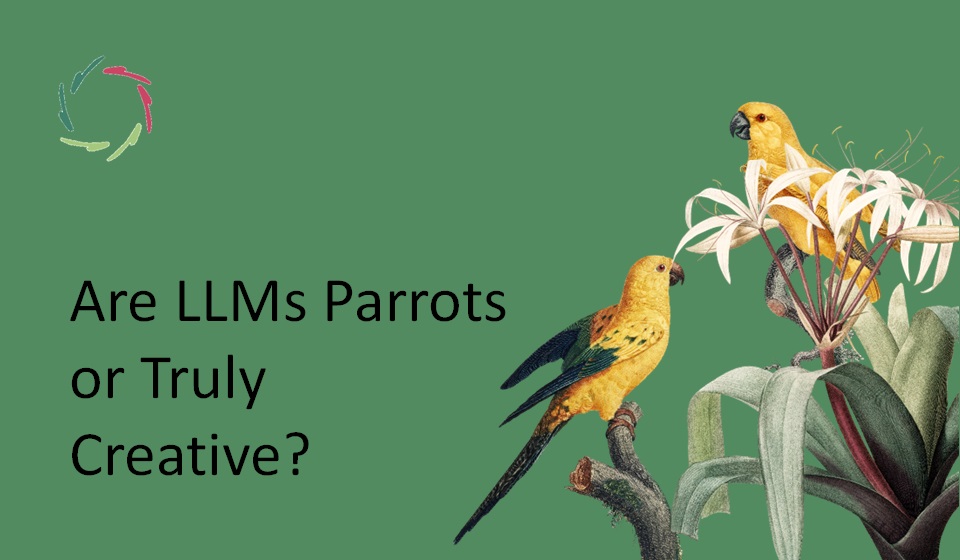When does A.I. Become Creative?

Soon enough. By creating new intelligence, we create something that will be creative by itself, and vice versa.
From mere repetitions to new associations to the very unexpected.
Continua
These are not entirely distinct categories. There are possible continua in many ways, especially when working from the subconceptual level onwards ― such as in present-day transformer technology.
When profoundly combining this with conceptual technology, even more creative continua may be expected. Real intelligence encompasses, one can say, the game of creative continua that becomes possible through this combination.
Jumping out of the box
This is generally seen as the most creative. Of course, suppose one just jumps out of the box towards anywhere. In that case, much energy is being spent inefficiently since most jumps need to be backtracked. Therefore, also required are intuition and, if possible within specific circumstances, common sense.
Pattern Recognition And Completion can fill the intuitive role, guiding the system toward jumps with outstanding cost-benefit analysis. Here, too, at an even more abstract level, a continuum is possible between ‘high and low temperature’ ― with more or less loose benefit analysis.
This is how humans are creative.
We jump into creativity ― even if it’s costly.
In the right circumstances, we can mitigate resource expenditures in three ways:
- By imagining things before realizing them three-dimensionally.
- By taking relatively small steps and seeing where this leads to, combined with bigger jumps.
- By letting the creativity arise within us, coming from subconceptual depth. In this case, the jump follows above the ground when it’s already prepared underground.
All three are possible with present-day A.I.
A.I. does not need to realize any of them in a human-recognizable way as long as the functionality gets real. As always, the human form of intelligence is only one possible realization of abstract functionalities.
If we fail to reason with such abstracts, we may come to many surprises soon enough. More concrete attainments will come in the near future ― guaranteed, even with technologies we cannot yet imagine, if ever as simple humans.
Creative singularity
This shows the advent of a self-enhancing creative overhang. With more creativity, a super-A.I. gets access to more creative ways of thinking, enabling it to find more creative solutions to enhance its creativity.
No new hardware is needed. This kind of creative self-enhancing gets done on a more abstract level.
You’re right. That is challenging.
We need to make the right decisions now.
The biggest challenge of all is: “Who will do so?”


